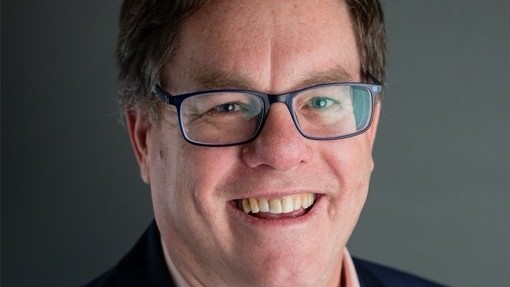A Q&A with Jacques du Preez - Psephos Biomedica

Introducing Jacques Du Preez, Director and Co-Founder of Psephos Biomedica - A Regulatory and Quality consultancy that specialises in bringing medical technologies to market. In this Q&A Jacques discusses his role within the company, industry trends and challenges, a recent project that he worked on for the UK Health Security Agency and one development he would like to see in the regulatory space.
1. Can you tell us a bit about Psephos Biomedica and your role there?
I cofounded the organisation with Robin Stephens and Psephos is a greek word associated with the presentation of a polished stone as a token of success. We are a Regulatory and Quality consultancy that work with clients to get medical technologies to market. We are often integrated into client teams and sometimes take on management roles within the organisation. We often are called on to develop regulatory strategies, prepare technical files, develop quality system, undertake due diligence, and manage messy/challenging situations.
2. What does a typical day for you involve? What are your favourite bits?
My favourite bits are the variety of technologies I get to see, the challenge of getting them to market and the joy when we succeed. As well as when I work from home, and our schedules align, lunch with my wife or a walk with our dog is a wonderful luxury.
A typical day involves the following elements: discussions with team members, responding to client emails and enquiries, reviewing the latest developments in the EU, UK and USA especially around guidance, regulations and industry news, preparing and or reviewing client delivery material and meetings with clients.
3. What would you say are the key trends shaping the life sciences industry currently?
- Convergence of technologies such as pharmaceuticals with diagnostics, for example in precision medicine and the convergence of quality management standards around ISO 13485.
- The incorporation of AI and software into devices and the use of AI and software to develop products, vaccines, and medications.
- The ever-increasing amount of guidance and regulations and their inter relationships such as EU AI regulations with EU MDR/IVR with EU battery regulations.
- Greater focus on clinical and real world evidence and post market surveillance activities.
- Greater emphasis on risk management and the integration of regulatory and quality expertise and resource into the product development lifecycle.
4. Where are the main challenges, and opportunities?
The key challenges and opportunities are:
- Putting together a product development team that integrates regulatory and quality resource as integral and part of the entire product development lifecycle.
- International harmonisation of standards, guidance, and regulations.
- Training sufficient regulatory and quality resources so that they do not become a constraint in the delivery of MedTech to the market.
- Global regulators working more closely together and sharing information such as post market surveillance data.
- Building lower-and-middle income country regulatory and quality capacity to ensure safe devices are made available on their markets and that poor performing or devices are restricted from market access.
5. Can you tell us a little about a recent project you have worked on and enjoyed?
By far the largest and most recent project I worked on was my secondment to the UK Health Security Agency which lasted 3 ½ years. I went there to set up and maintain compliance for the NHS Covid-19 App and ended up heading up the entire Testing device regulatory and quality function which covered Software such as the NHS covid-19 App, Artificial Intelligence readers, The DHSC Covid-19 self-test lateral flow devices(LFDs) and third party LFDs, loop-mediated isothermal amplification (LAMP) testing, polymerase chain reaction (PCR) sample collection kits and the external laboratory network. The below stats provide an insight into the level of activity and what was covered:
- 15+ manufacturing sites and distribution centres.
- 145 million+ home PCR kits manufactured and distributed
- 2.4 billion LFDs distributed/ manufactured
- 31 million app downloads 100+ App related releases
- Several Exceptional Use Authorisations
I am exceptionally proud of the team we developed and really enjoyed working with them even though it was a highly pressurised environment. The NHS Covid-19 Team won the UKHSA innovation award in 2022 and the same regulatory and quality team was short listed for the TOPRA international regulatory innovation award in 2023 and we are awaiting the judges’ decision on who the winner will be.
6. If you could work on / influence one major life sciences development, what would that be and why?
Harmonisation of regulatory requirements for market access. We are making progress with quality systems as countries are coalescing around ISO 13485 and MDSAP. Product regulation on the other hand is becoming more complex with more countries introducing their own regulations often with enough differences that require manufacturer to prepare multiple files/documents of essentially very similar material. This is wasteful and hinders patient access to technologies especially if the market is too small to warrant the effort or prioritisation of access. Harmonising product regulation would provide patients and user with greater access to MedTech products and innovations.
